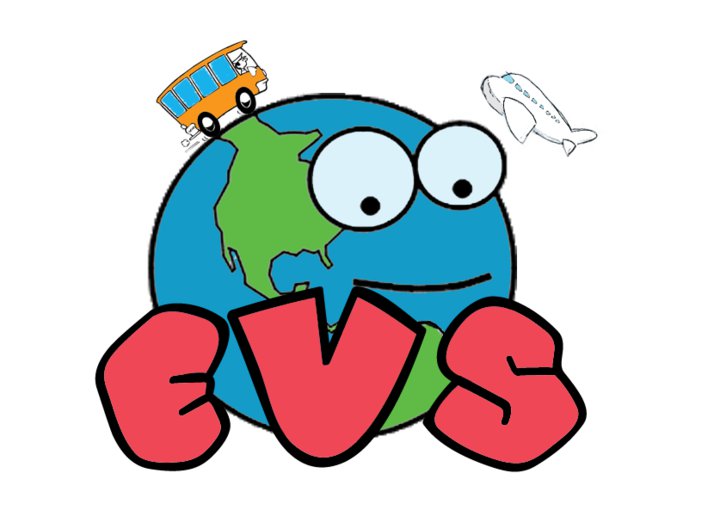
FAQ About EVS

What is the approach to teaching EVS?
Various pedagogical approaches including
Activity based approach
Cooperative approach
Interactive approach
Constructive approach
Experiential learning approach
Project method etc. will be used for transaction of the chapters along with in-built assessment.
Activities have to be planned, implemented and assessed systematically. Assessment has to be an inbuilt part of the teaching learning process.
Approaches: As mentioned earlier, EVS involves organizing learning experiences in, about and for the environment, in trying to achieve its various objectives. Thus, EVS deals with education that is intimately connected with the environment. These three approaches have been commonly referred to as:
Education In the environment
- Gives reality, relevance and practical experience to learning through direct contact with the environment.
- Develops important skills of data gathering and field investigations.
- Develops aesthetic appreciation.
Education About the environment
- Provides understanding of how natural systems work, appreciates the complexity and wonder of natural systems.
- Provides understanding of the impact of human activities upon these systems
- Fosters environmental awareness and concerns
Education For the environment:
- Develops an informal concern and sense of responsibility for the environment
- Develops the motivation and skills to participate in environmental improvement
- Compatible with the wise use of environmental resources
The integration of these approaches in EVS results in the much desired Education for Sustainability or Sustainable development, which aims at helping children develop a knowledge about their immediate environment – natural and social – and motivated to act for its protection and conservation.
